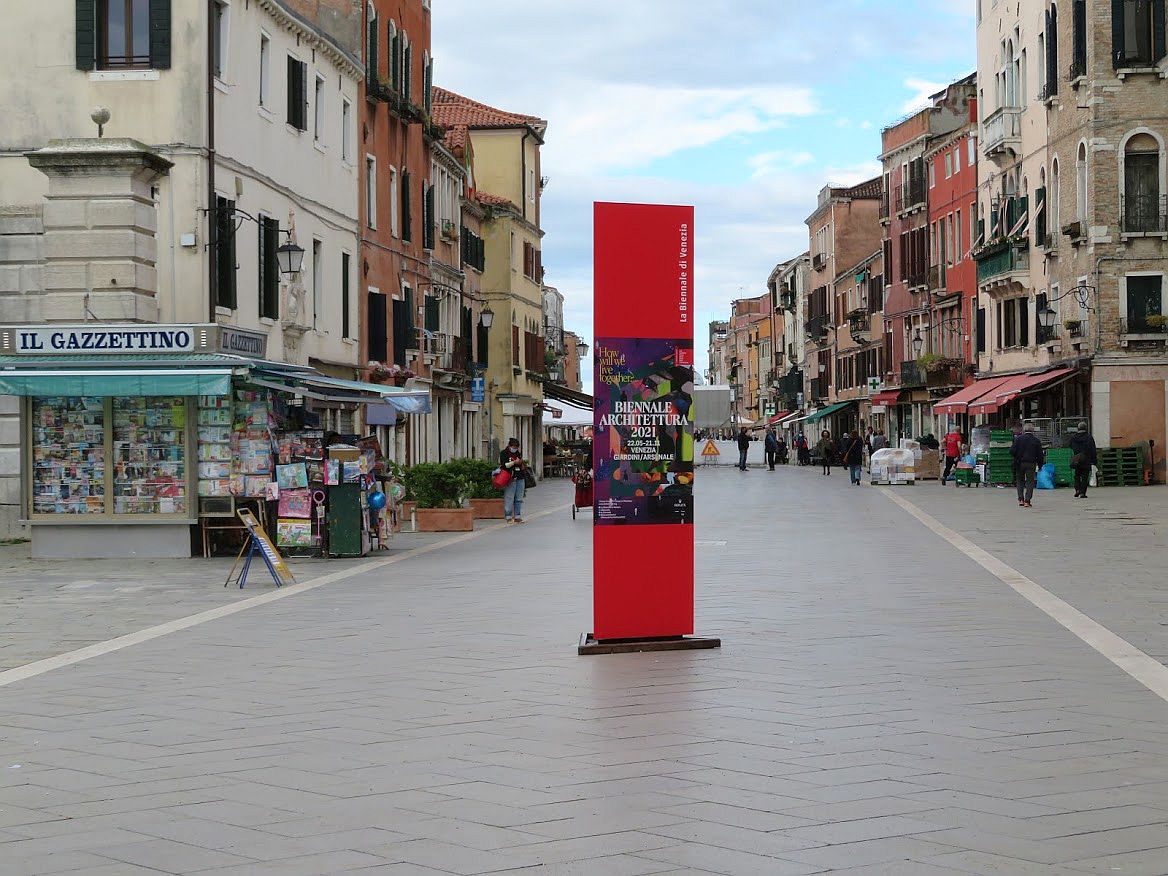
If there’s one term (among many) that has become fashionable around here this year it’s ripresa — recovery. (Not to be confused with “Recovery Plan,” which is exactly what Italians call the mega-component financial scheme that will somehow reassemble our dismembered economy. Does saying it in English give it some occult power? Wish I knew somebody I could ask.) I would have suggested “comeback,” like for some devastated boxer staggering back into the ring, but whatever you want to call it, everybody’s trying to get back to normal.
Over the past two weeks or so, there have been tiny but unmistakeable signs of life such as gradual lessening of curfew, gradual increase of shops and restaurants opening, etc. We still have to wear masks, though not everybody does, but the only thing missing from a cartoon version of life here right now is birds swooping around with little hearts floating upward.
So I’ve been enjoying the tiny signs — more every day — that belong to life as we used to know it. And many of them are connected to the imminent reopening of the Biennale on May 22 (canceled last year, along with its millions of euros from the municipal budget).
Being that our neighborhood is the epicenter of Biennale activity, of course I’d be seeing things such as enormous crates on barges with cranes being unloaded in the exhibition zone, unknown people wearing unusual clothes just standing on bridges looking around, a person here or there with lots of video or camera equipment, or the ticket booth for the vaporettos about to start selling tickets again, ever more individuals dressed in black with a lanyard and plastic-sleeved document around his/her neck. Press, I presume. More water taxis. Gondolas with people in them. I saw a woman today walking around with a big paper map of the city. Boy, that takes me back.
Let’s also notice the soundtrack: The scrapey clatter of rolling suitcases outside the window, the constant low rumble of motors everywhere. All you need is a barge with three cement mixers aboard trying to get somewhere against the tide and you’ll hear what I mean, but the noise from even smaller motors gets to be big, when there are enough of them. This is one part of the Sound of Venice I did NOT miss during quarantine. But here we are.
So generally speaking non-Venetians are returning to their Venice, and we are sliding back into ours, invisible again. We are all side by side, but we are not in the same city. I’ve commented elsewhere on these parallel tracks of life here that never meet, and so that’s a part of normal that is ineluctable.
Not only is the day after tomorrow Opening Day for the Biennale; the following Saturday will be the opening of the week-long Salone Nautico, or Boat Show, in the Arsenal. So bring on the people. I guess we’re ready.
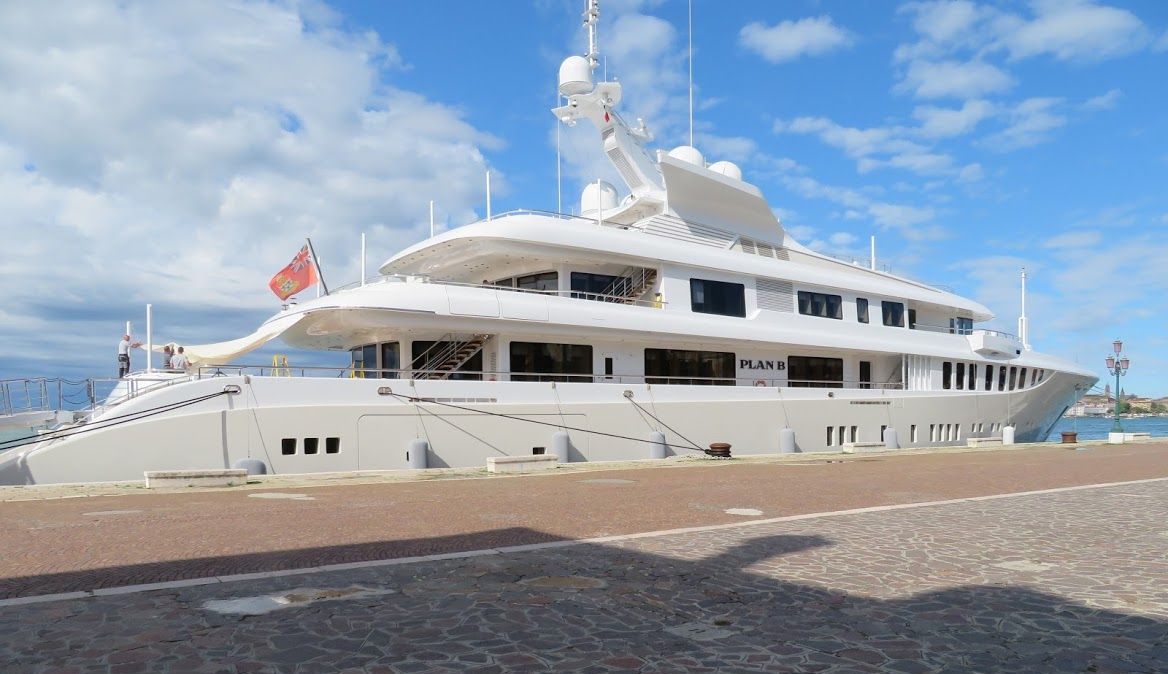
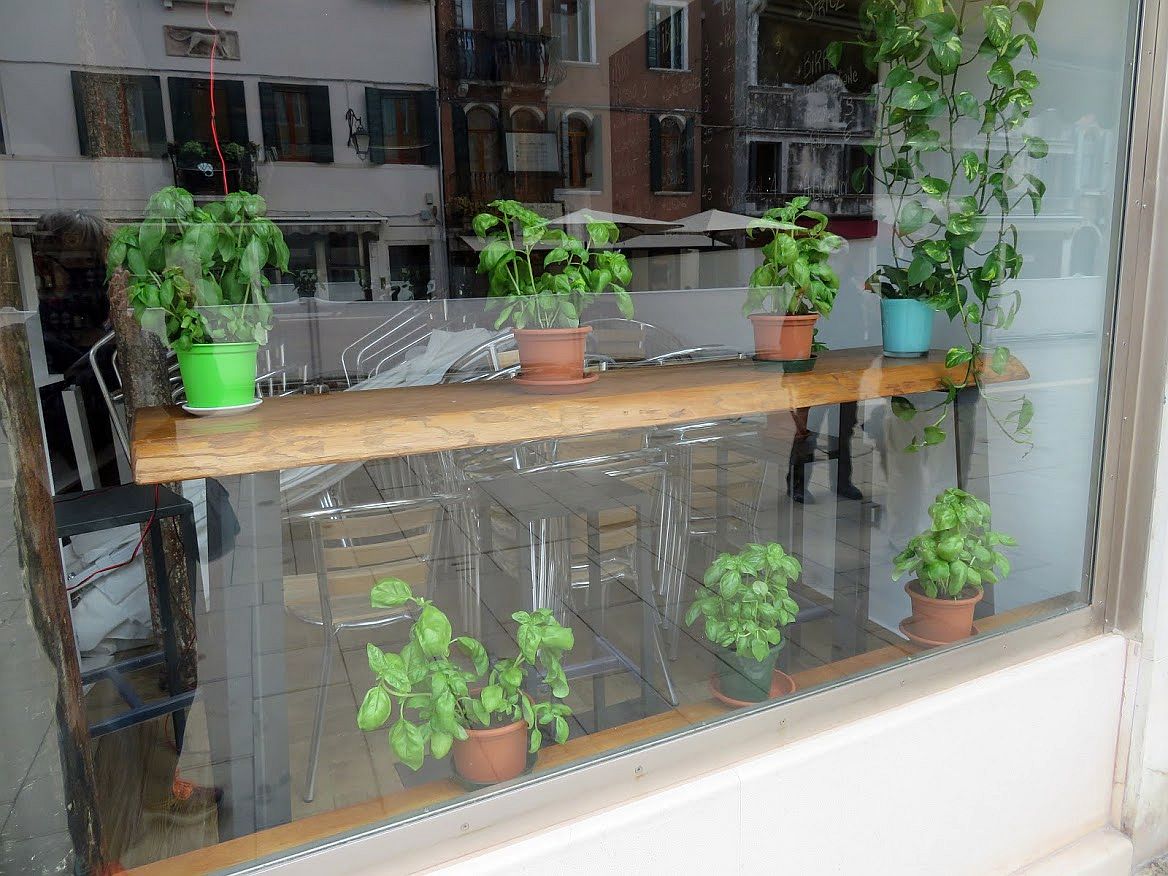
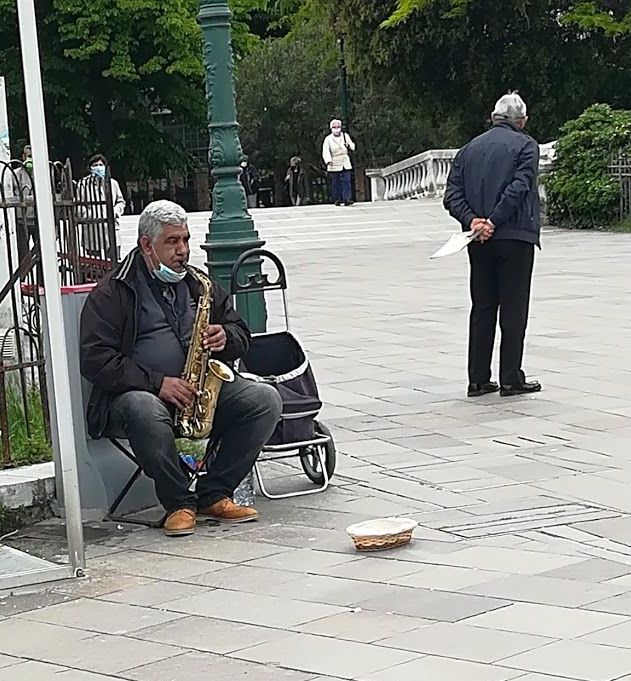
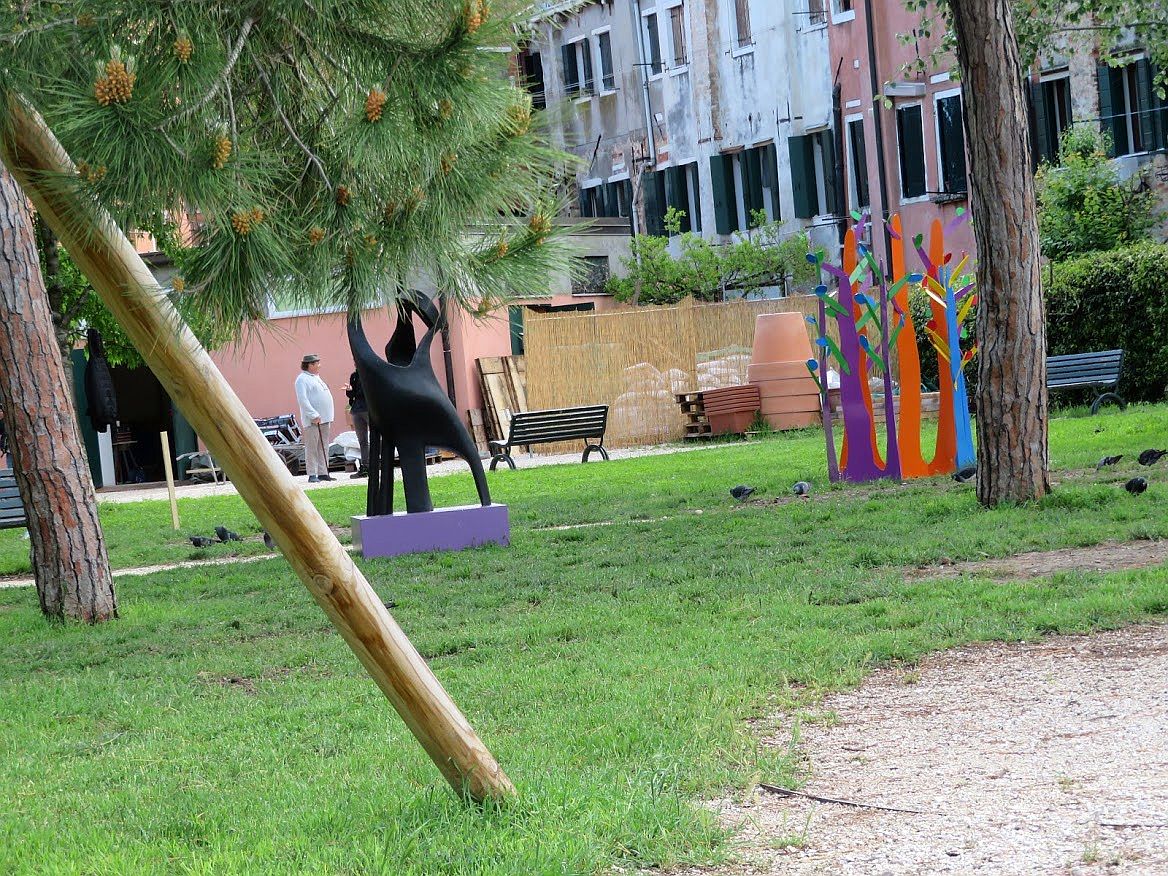
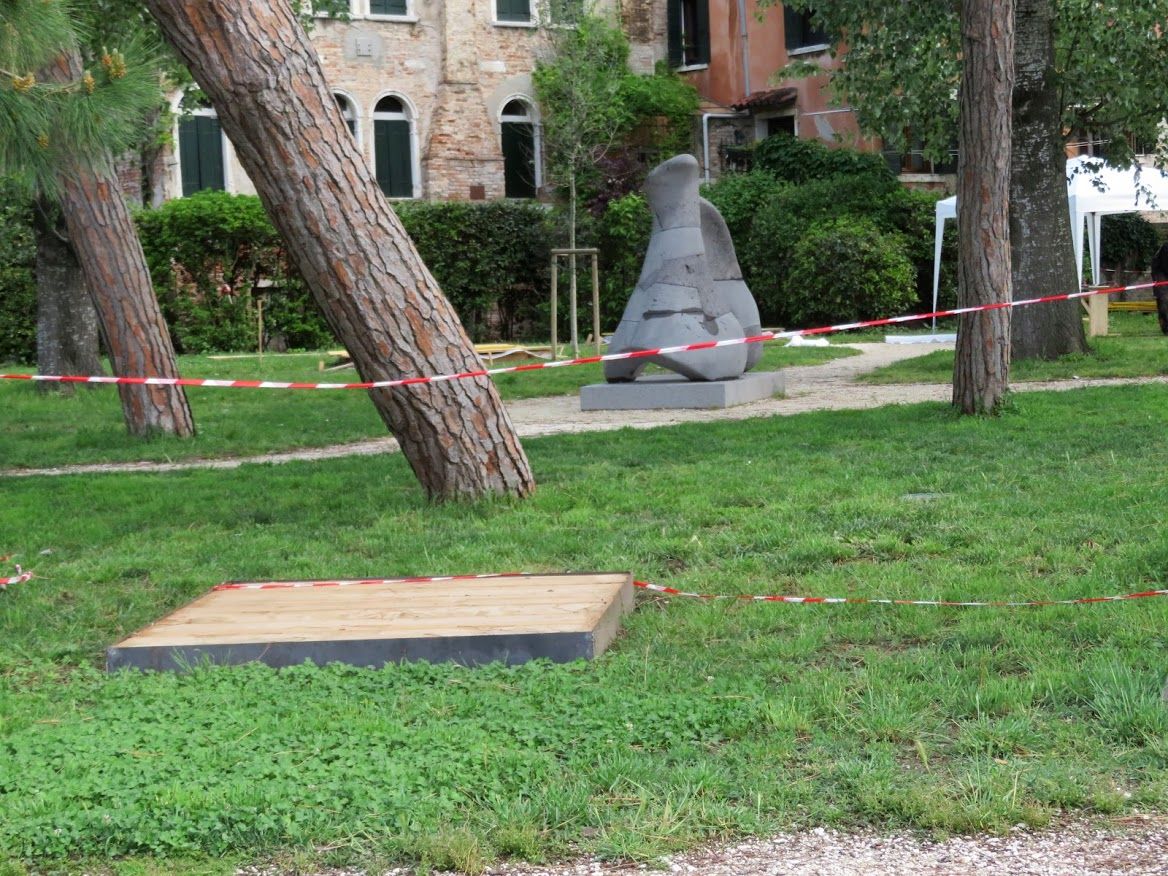
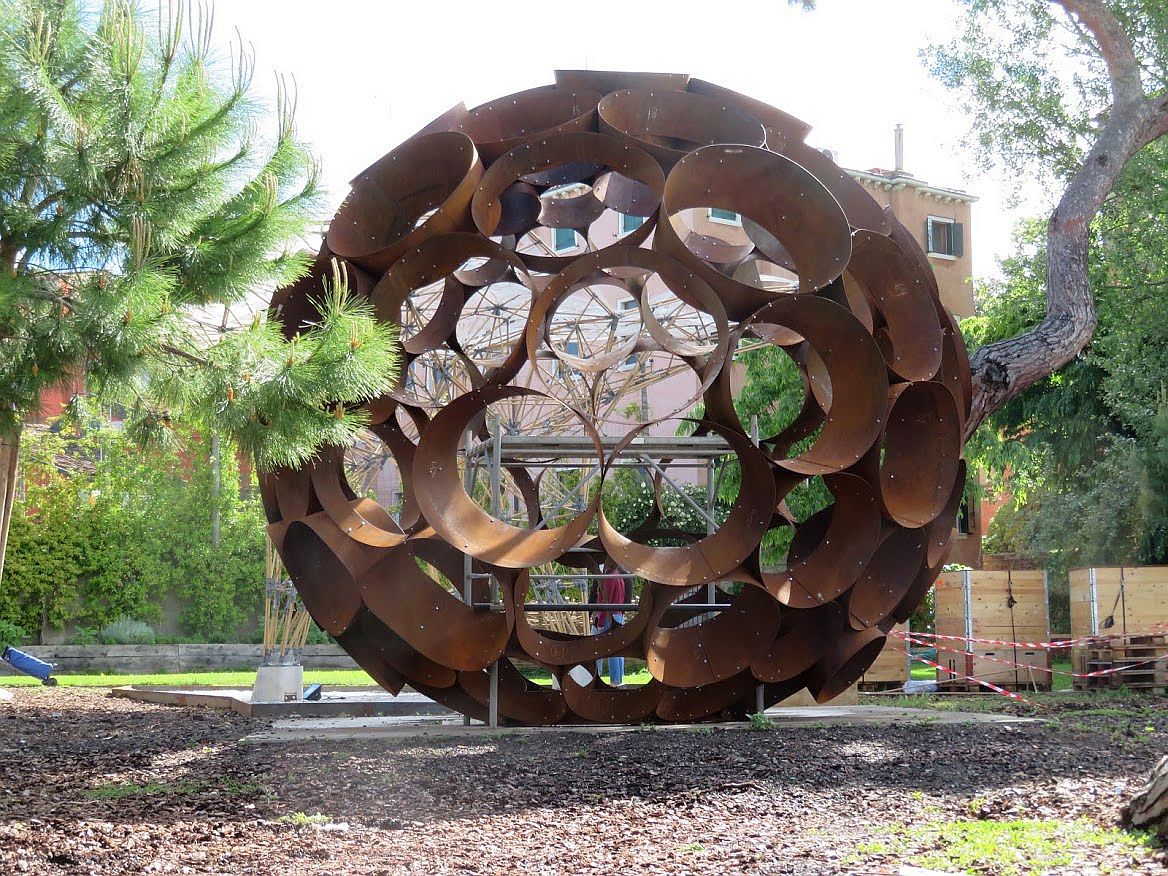

One entirely unexpected discovery, beyond the fields of the Biennale, was a collateral effect of the city’s revival: The opening of the church of San Lazzaro dei Mendicanti to the public. I have only ever seen this church open for funerals, not infrequently because it was built in 1634 as part of the city hospital. (Hospitals and funerals are unfortunate companions.) We came upon this on a random afternoon wander, and seized the chance to see the church without mourners and memorial wreaths.
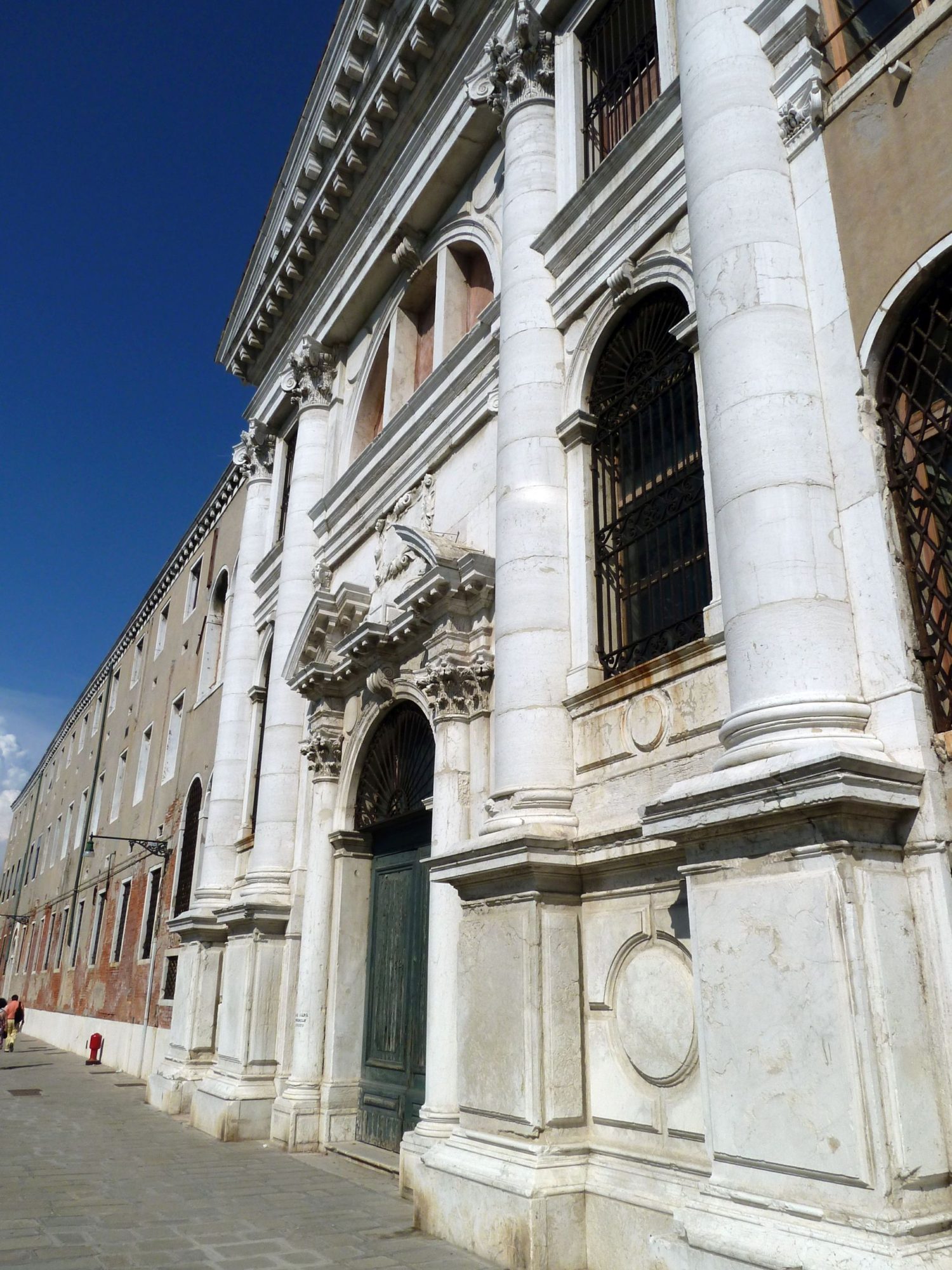
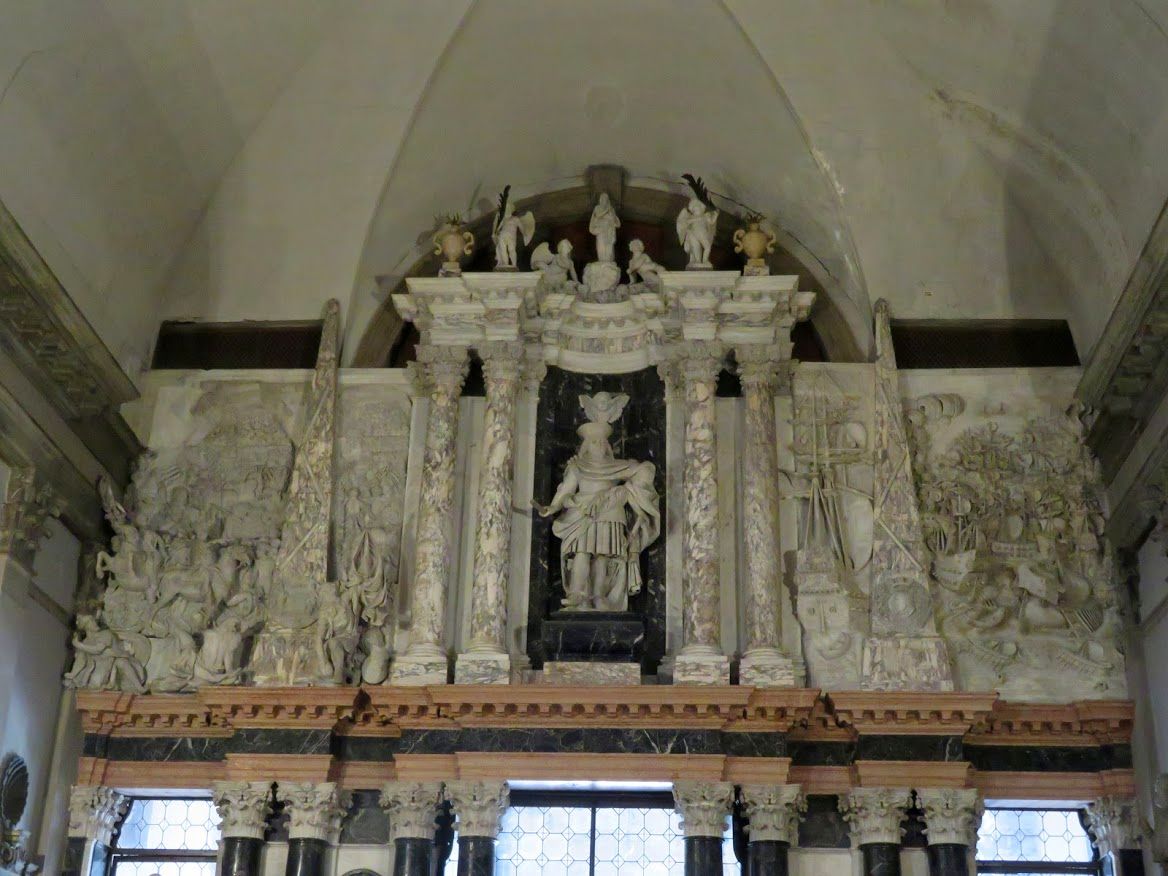

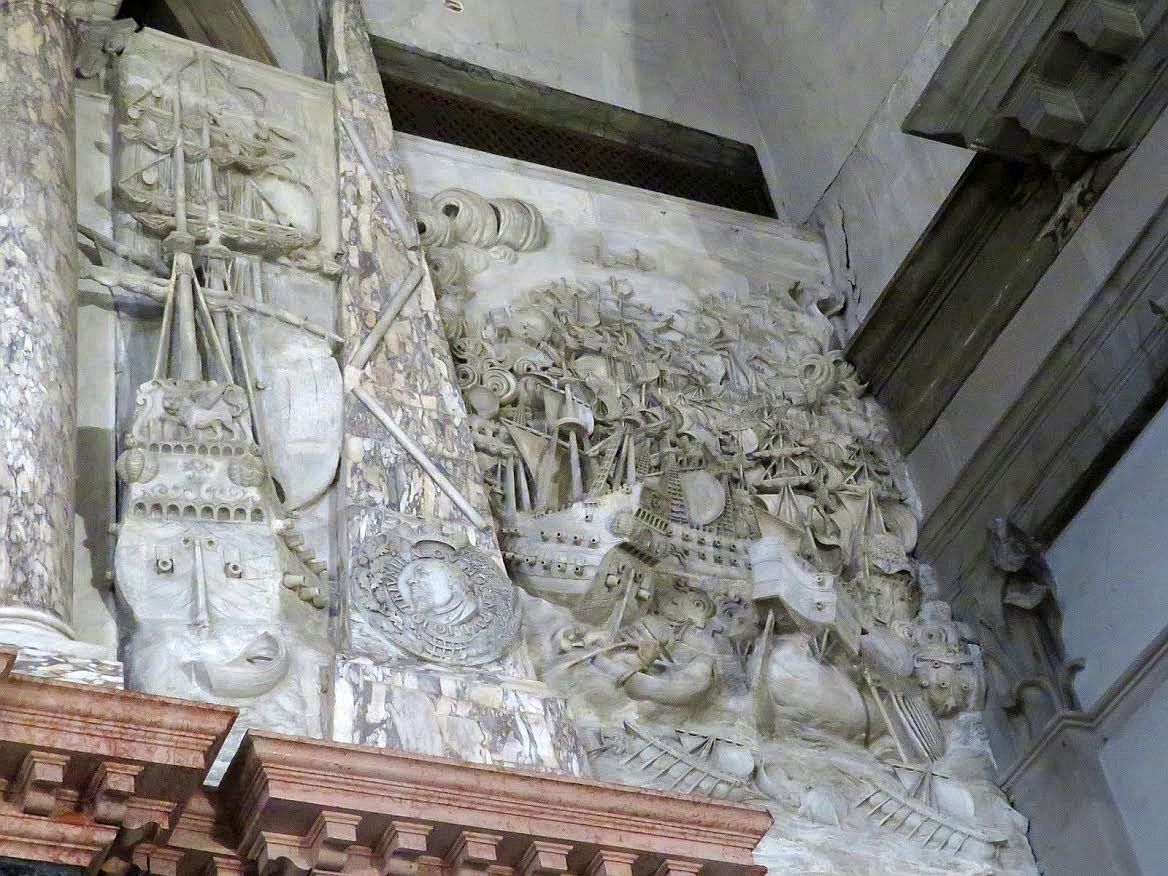
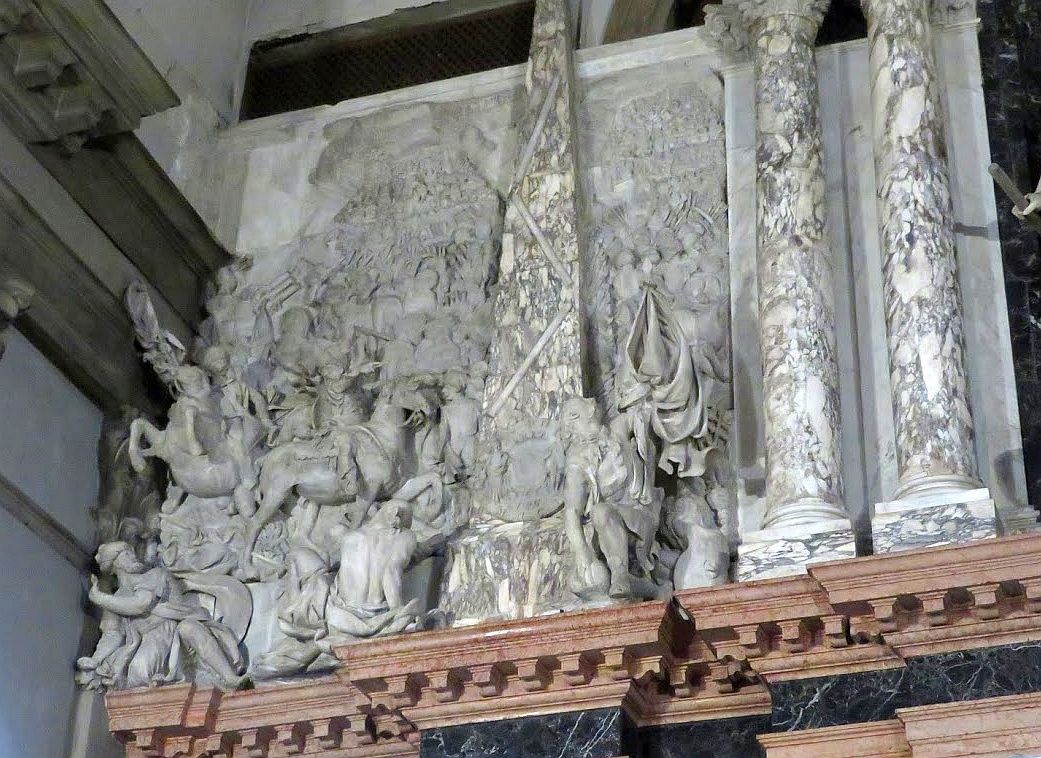
So modern art brings tourists, which leads to opening some spaces to lovers of old art. I might like this new normal.

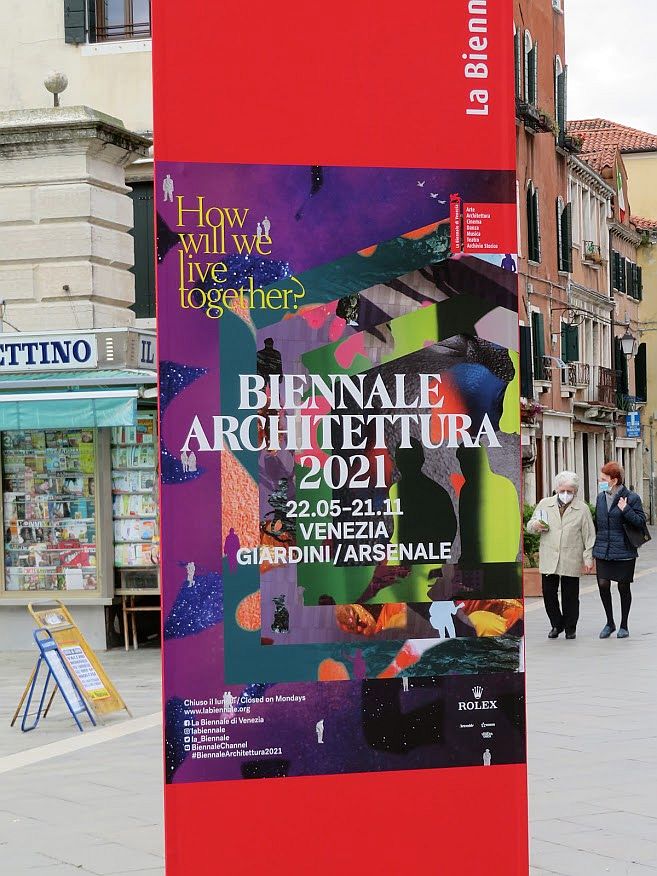
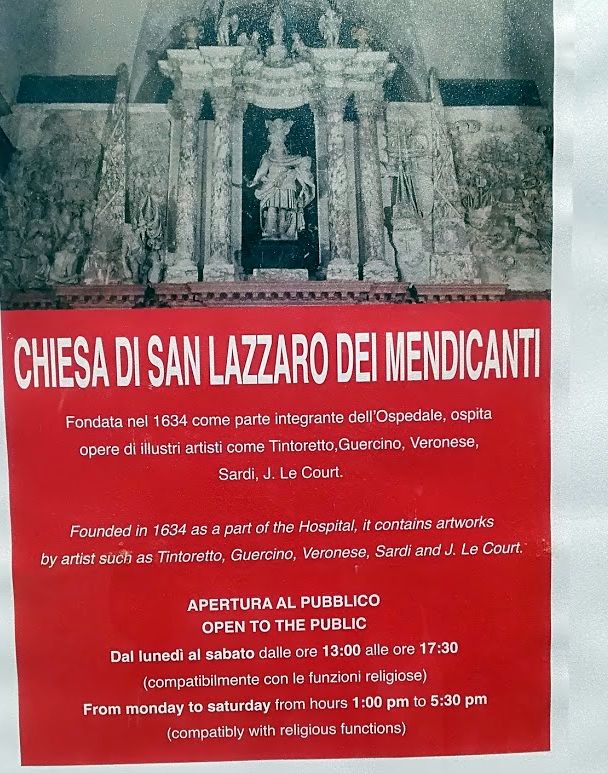
25 Comments
Love these posts!
Thank you for rubbing open our sleep eyes & peeking in on your new normal!
❤️
I really enjoy your posts. Thank you. I have visited Venice many times the last time I brought my two oldest granddaughters and they fell in love. My plans cancelled in 2020 to bring my last 4 grandchildren hoping to be back in early 2021.
I’m so glad you’ve got a trip to Venice still on your to-do list. The year 2021 seems to have passed the “early” stage, but let’s hope the opening continues at a rapid pace!
Lovely post as usual, Erla. Hopefully there will be some kind of normal after this. I can’t wait to come back to Venice again but I suppose this year too will be all muddled up. It’s not just Venice that is on the catching-up list. In the meantime I enjoy the virtual visits trough your blog.
I saw that this year’s Vogalonga was altered and going trough the Arsenale rather than Canale Cannaregio and down Canal Grande. Is that also Pandemic-related or due to other bureaucratic reasons hidden to the rest of us?
Stay safe my friends!
They say it was pandemic-related — to avoid the crowds along the Cannaregio canal and elsewhere (not sure where “elsewhere” would be, but just go with it). Considering that the past weekend saw 100,000 tourists in the city, I think the notion of avoiding or preventing “assembramenti” was an excuse. So I tick the box marked “bureaucratic reasons.” My personal opinion is that the city finally gave in to the wailing and shrieking from the ACTV because the boats on the old route blocked the regular vaporettos from passing from Piazzale Roma to Burano for at least half of a summer Sunday (i.e., maximum tourist day). There was also wailing and shrieking every year from the merchants of every sort on Murano and Burano, for the same reason — preventing tourists from the city from getting to them on a summer Sunday. For whatever reason(s), the city found this way to make them happy. Note: For the hour or more than we spent rowing from Burano to Murano, not one (1) vehicle of public transport passed us. There were taxis, of course, and plenty of private motorboats, so I suppose getting those pesky oar-propelled boats out of everybody’s way was a good day’s work for the city.
Thank you for sharing this encouraging news and the charming pictures.
My career had me working in cultural (historical) destinations my entire life. In your differentiation of the Residents’ Venice versus the Visitors’ Venice, you’ve articulated a subtlety I’ve lived with for decades but never quite pinned down. I appreciate that. Stay well!
Thanks for the compliment, as I take it. Encouraging news seems to have the lifespan of a fruit fly here; the re-opening is nearly complete, and this weekend there were 100,000 people visiting Venice. Evidently feast or famine are the city’s only alternatives where tourists are concerned. Having finally discovered that, I have to accept that this is just the way it is. Nobody wants to address it, so we can all press “Start” on the recording of the same old litany of problems and laments. I really am glad that you thought the pictures were charming. I will enjoy looking at them too, and showing them to my non-existent grandchildren.
Cara Mia,
What lovely luck. I’ve so often walked past that always
closed church and wondered what was inside…and now I
know. Wonderful.
I hope you and Lino will like seeing all the annoying tourists
around again. One will be me, one of these days, though at
the moment I am sick as il cane proverbiale. Off came the mask
and the patient flu virus, tapping its many feet on my shoulder
for many months, was delighted to see normality return.
I’ve popped that church onto my “to do when I can get back there…” list. I may have to stay quite a bit of time, to fit most in, as I hate galloping around and rushing.
I loved the shiny Rhino a few years back, got very fond of it every time we were near it, but that was part of an Art Biennale, I seem to recall, rather than the Architectural one. Also rather liked the “Marigolds” – the huge hands seeming to hold up the Segrado Hotel, think the Artist there may have done quite a lot of other work created out of large hands / arms, was the name “Quinn”?
Thanks again for topping up and stimulating my memories of Venice. Sorry to be a pesky tourist, but I do hope to get back!(You won’t see me in St Mark’s Square or the very busy places, honest….)
I’m always so glad to hear that people have happy memories of Venice. (Don’t recall that artist’s name, sorry.) By all means, stay for months if you can manage it!
Oh, I really wish that we could spend months and months in Venice – but real life ( for us) intervenes.
I checked the Artist I meantout: it was Lorenzo Quinn, and the title was “Support” – but it still looked like a huge pair of marigold washing-up gloves, I’m afraid.
I agree on the Marigold resemblance. They were removed after the Biennale of 2017, but a gondolier friend says that clients still ask him to take them to see “the hands.”
Oh, and I’ve just checked out that Rhino I spoke of earlier that featured in an Art Biennale some time back: It was called”King Kong Rhino”, made of stainless steel, by an Artist called Li-Jen Shih. I’m afraid I didn’t “get” half the symbolism involved in it – I just liked it.
There was symbolism? I had no idea, but I too rather liked the gleaming beast. Every time I looked at it (it was very near our house) I thought, neither of rhinos or of artists, but of the metalworker’s dazzling skill. As an assembled object it was extremely impressive.
I too have lovely memories of Venice. I am glad and sorry that the tourists are back. We can’t come yet without having to quarantine on return but we will be back because we love it so much. We try to be good tourists but there is always a nagging guilt that we are still tourists and therefore doing the city harm! Thanks for keeping us in touch while we can’t be there, Erla.
As I have OFTEN remarked, the good tourists are invisible; it’s only the cafoni that make everybody crazy. But don’t let yourself be tempted to think that being a tourist does, by definition, cause harm to the city. There is nothing else here, and as we discovered during more than a year without tourists, no tourists is vastly more harmful, if you consider desperation as harmful than many. What the city (however you define that) might consider harm while overwhelmed by tourists — yes, they’re back in force — is NOTHING compared to what businesses and families suffered without them.
Okay Erla, I will come back with a clear conscience 🙂
Ah, Erla, I would have been the short female who always paused and stared at it, until her other half almost towed her away by the strap of her shoulder bag
… And we’ll be back, also worrying if we’re the “right kind of tourists” as soon as we are safe to, be certain.
Glancing at a Grand canal website yesterday, near the Rialto, and followed it up to Ca’ Segrado webcams, a very strange looking craft that looked like a cross between a Popemobile and a Pedalo, tall, square, in white…. any idea what on earth it was? Looked very unseaworthy.
I have tried to find out, but there was nothing in either the Gazzettino or La Nuova Venezia, nor anywhere at random on Google, nor did Lino know anything about it, so I’ve got nothing. Really sorry, I’d love to have known what it was. A beluga whale?
Ahhh Erla, I’ve missed reading your posts! I guess the year teaching on Zoom left me disgruntled. I was so disgruntled I retired and Dru is bemoaning not having an Imagining Venice partner for travel with students. The starting over theme inspired me to comment on the first Grand Navi to ply the waters of Guidecca amidst a flotilla of protesters. My best wishes to all who seek to find another port for the behemoths that bloc the views and the peace.Take care! I plan to live vicariously through your missives with dreams of Venetian travel maybe without the toils of a university course! Terry
Great to hear from you. May I note once again that I am not opposed to the grandi navi. I don’t know if the news coverage you saw showed — probably not — that there were also people with placards welcoming the ships. Stay well and come back!
More like, as I said, an aquatic popemobile! Thanks for trying – it baffled me.